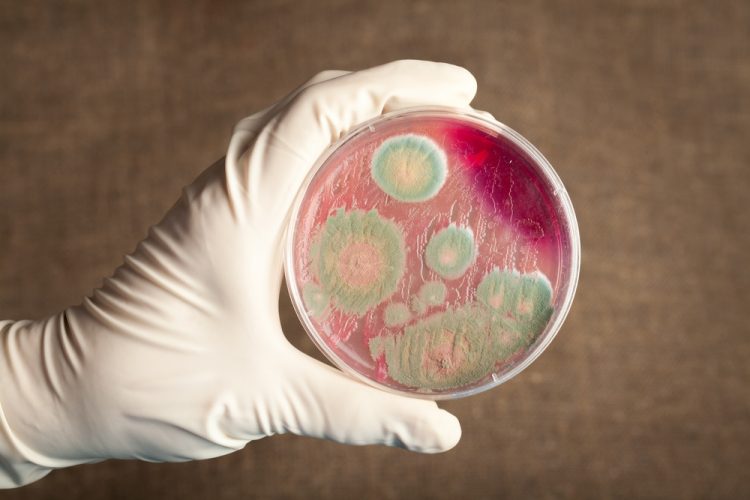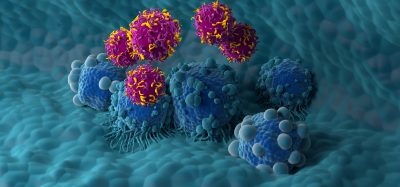Experimental enzyme treatment protects mice from lethal anthrax infection
Posted: 9 December 2021 | Anna Begley (Drug Target Review) | No comments yet
All mice infected with anthrax spores were completely protected after treatment with a pegylated enzyme known as PEG-CapD-CPS334C.


Scientists from the US Army Medical Research Institute of Infectious Diseases (USAMRIID), US, have demonstrated that modifying an enzyme produced by the bacterium that causes anthrax can protect mice from infection with the deadly disease. Their findings suggest a potential therapeutic strategy for treating multidrug-resistant strains of anthrax, and could lead to new treatments for other bacterial infections.
NEWS: Machine learning models predict antibiotic resistance spread
Bacillus anthracis is recognised as one of the most significant bioterrorism threats, as well as a public health challenge in many parts of the world. The team wanted to explore alternative treatment approaches for anthrax that do not rely on the use of antibiotic drugs.
One promising avenue is to make the bacterium more susceptible to the innate immune system. Enzymes known as capsular depolymerases, which are naturally produced by several classes of bacteria, have emerged as a potential new line of antivirulence agents.
“Identification of the capsule depolymerase enzyme within the anthrax bacillus led us to attempt to use that enzyme to remove the capsule,” explained senior author Arthur Friedlander. “When this proved successful, we utilised recombinant DNA technology and protein engineering methods to engineer and reconfigure the enzyme in new ways.”
Those “engineering changes” included circular permutation by protein design, to enhance stability and make the enzyme easier to produce, and pegylation, which improves the enzyme’s pharmacokinetics—the properties that allow it to be absorbed and properly distributed within the body. The team then tested the pegylated enzyme, known as PEG-CapD-CPS334C, to be sure it had retained its enzymatic activity.
In the study, published in Science Translational Medicine, 10 of 10 mice infected with anthrax spores from a non-toxigenic encapsulated strain were completely protected after treatment with PEG-CapD-CPS334C, while only one of 10 mice receiving a control treatment survived. Similarly, treatment of mice infected with a fully virulent encapsulated strain using PEG-CapD-CPS334C protected eight of 10 animals, while only two of 10 control animals survived.
NEWS: CRISPR screen unveils enzyme target for inflammatory diseases
“This strategy renders B. anthracis susceptible to the innate immune responses and does not rely on antibiotics,” the authors concluded. “These findings suggest that enzyme-catalysed removal of the capsule may be a potential therapeutic strategy for the treatment of multidrug-resistant anthrax and other bacterial infections.”
It could also allow warfighters exposed to anthrax through natural or other means to be treated at the time of exposure or shortly thereafter, preserving combat power in forward areas where advanced diagnostics and treatments may not be readily available.
Related topics
Antibiotics, Bioengineering, bioterrorist, Biotherapeutics, DNA, Enzymes, Genomics, In Vivo, Protein, Technology, Therapeutics
Related conditions
Anthrax
Related organisations
US Army Medical Research Institute of Infectious Diseases (USAMRIID)
Related people
Arthur Friedlander








